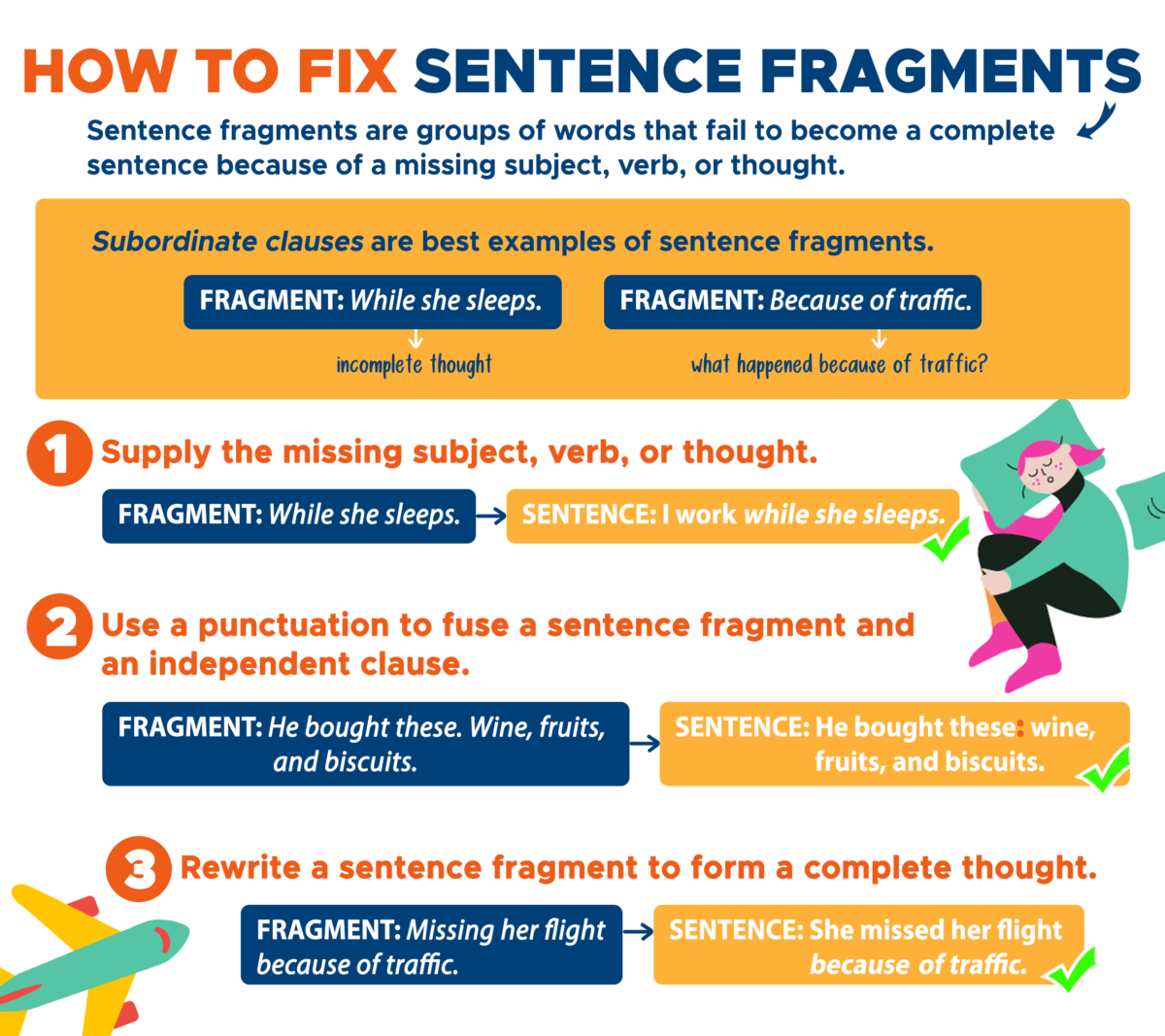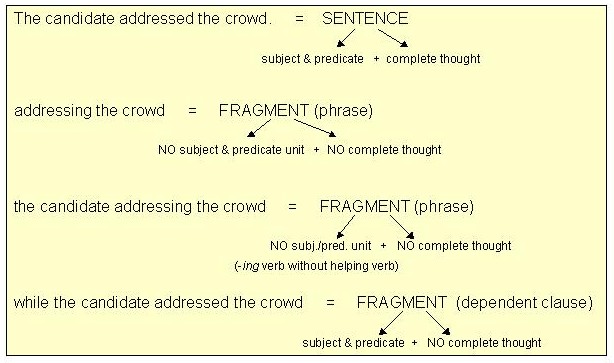
The subject is the person or thing that the sentence is about. The person, place, or object performing the action of the sentence is the subject of the sentence.Here, we’ll go through three common mistakes that result in sentence fragments, along with examples and fixes, as well as examples of how useful an intentional sentence fragment may be. To recognize sentence fragments, you must first identify the errors that tend to cause or lead to them. We frequently write them after we believe we have completed conveying an idea and then decide to add to it – but incorrectly. Sentence fragments occur when phrases are punctuated as if they were sentences, despite the fact that they are not. For example, the subject “you” is inferred in the statement “Do your job.” Common errors which produce sentence fragments:īecause a sentence fragment can be confusing to the reader, it’s usually better to resolve it by either adding what’s missing from the sentence or attaching it to another sentence.
#SENTENCE FRAGMENT DEFINITION EXAMPLE FULL#
It’s worth noting that imperative statements are full sentences with inferred subjects. It also contains a dependent clause ( which was believed to be stolen ) that describes the subject but which cannot stand by itself. This sentence has a subject ( the bag ) and a verb ( has been ). The bag, which was believed to be stolen, has been found. This sentence has a compound subject (writers and artists) and two verbs (inspire and educate).

This sentence contains a subject ( I ) and a verb ( do ). Although it appears to be a simple task, some extended sentence fragments can make it difficult to locate the missing element. The reader is left dangling without a feeling of the whole thought because key pieces are absent. The limitation of fragments is that they don’t tell the entire story. A sentence fragment occurs when the complete thought is not communicated due to the absence of either the subject or the verb. Because it has a clear subject and accompanying verb phrase or predicate, it does not need to rely on other elements of the sentence to convey its message. A complete sentence must be able to stand alone as an independent clause.

Even though it contains both a subject and a verb, a phrase is deemed a sentence fragment if it does not convey a complete thought. “Although there are many modules to cover”Įach of these sentences communicates a fraction of a statement but not the whole thought.Sentences can range in length from a few words to several lines of text, therefore length isn’t always a good indicator of whether or not a sentence is full.Take a look at the phrases below:

Additional information or details can be found in either the main portion of the sentence (the independent clause, which can stand “independently,” or by itself) or the auxiliary part (the dependent clause, which “depends” on some other part of the sentence for its meaning and cannot stand alone). The verb identifies the activity being performed, whereas the subject identifies who or what is performing it. However, before we can properly grasp what a sentence fragment is, we must first define what a complete sentence is.īoth a subject and a verb must be present in a complete sentence. However, in order for a sentence to be completely complete, it must include an independent clause that, when taken out of context, communicates the entire story. All a string of words requires is a capital at the start and punctuation at the finish, and boom! It appears to be a sentence. Simply explained, a sentence fragment is a clause that falls short of forming a complete sentence due to the absence of one or more of three key components: a subject, a verb, or a complete thought.īecause our incomplete thoughts might readily pass for sentences, we frequently fail to detect our sentence fragments.
#SENTENCE FRAGMENT DEFINITION EXAMPLE HOW TO#
Nobody goes through high school English without being penalized for writing a couple of sentence fragments, but not everyone remembers what they are or how to fix them. An independent clause consists of a subject and a predicate that can stand alone as a complete sentence. The predicate, also known as the complete verb, expresses something about the subject the entire subject is made up of the simple subject and its modifiers. The simple subject, which must be a noun or a pronoun, is the word(s) that names the sentence’s topic. The subject of a sentence is “who” or “what” the statement is about.

Sentence fragments usually lack a subject or verb, or they don’t convey a complete thought and function as an independent clause. A sentence fragment is a group of words punctuated improperly as if it were a complete sentence, starting with a capital letter and ending with a period or other end punctuation.Ī sentence fragment may appear to be a complete sentence, but it is not.


 0 kommentar(er)
0 kommentar(er)
